The Natchez Trace Parkway is a historic travel corridor that begins in Nashville, Tennessee and travels through Alabama and Mississippi. Along this scenic byway and beyond lie a number of famed attractions that explore the diverse tapestry that makes up the American South.
Though many of the stops on this six-day itinerary are former battleground sites integral to the Civil War’s military history, this journey represents the region’s rich cultural history as well— reaching back to a time when Native Americans were the area’s only inhabitants and when the Mississippi was one of the world’s most important waterways. Celebrating the vibrant heritage of the American South, this tour is a trip backward and forward in time—an emblematic route through some of the Southeast’s most revered attractions and cities.
Your trip starts in Nashville, so fuel up or fly in to begin this journey of a lifetime. Car rentals are available from the Nashville International Airport.
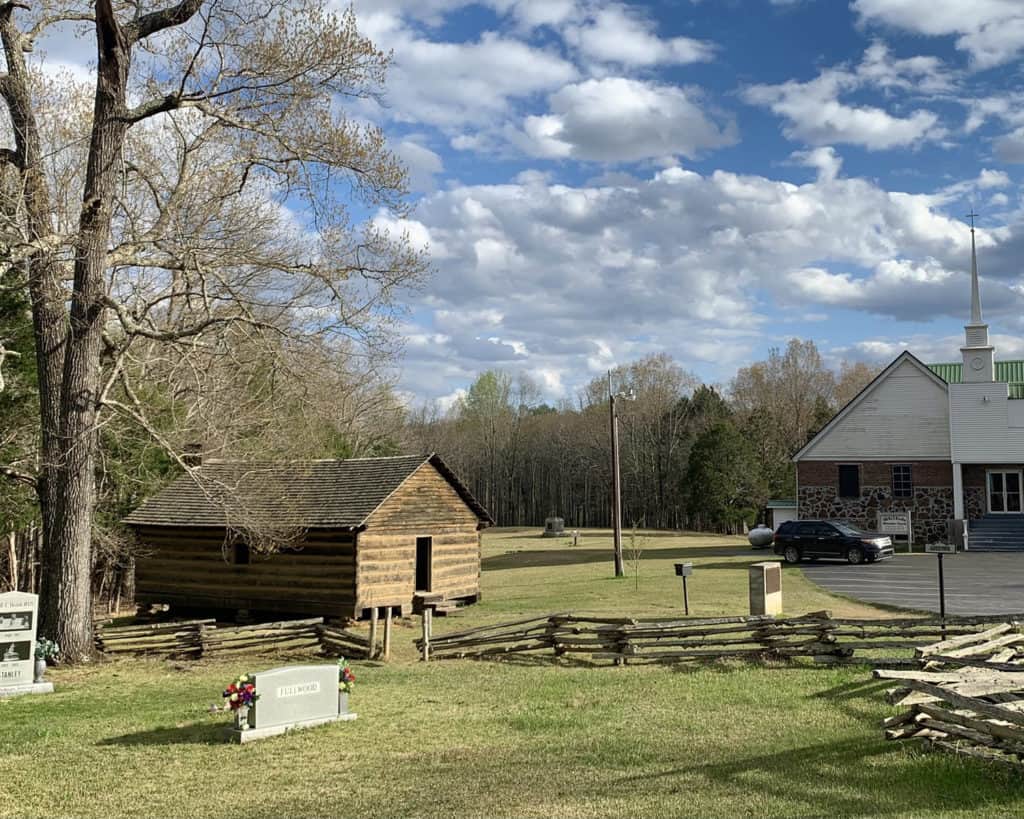
DAY 1 – SHILOH & BRICES CROSS ROADS
Rise and shine in Nashville, and then fuel up at the Falcon Coffee Bar on Houston Street for a 2.5-hour drive to Shiloh. Shiloh is a worthy first stop because of its storied past—a veritable “living history museum” that’s the perfect sendoff through some of the South’s most famous battlefields and historical attractions.
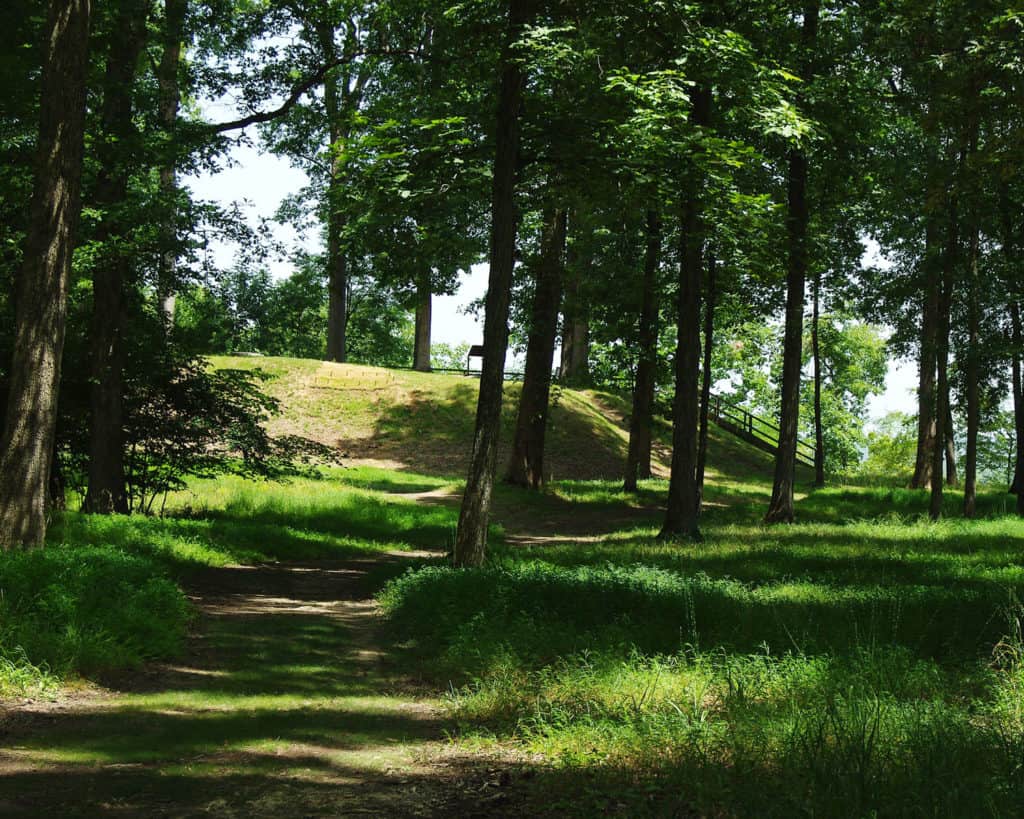
Shiloh National Military Park
Get close to history itself and walk the battlefield on the site of one of the Civil War’s bloodiest battles at Shiloh National Military Park, where over 100,000 American soldiers clashed in a contest widely considered the most epic struggle in the Western Theater of the war.
Currently, the park is one of the most well-preserved Civil War battlefields in the U.S. and consists of over 5,000-acres, including the Shiloh Battlefield, the Shiloh National Cemetery, the Shiloh Indian Mounds and the famous Davis Bridge Battlefield.
The sprawling grounds of Shiloh are ideal for walking or biking with a number of trails that lead to interpretative monuments and informative tablets off the beaten path. A clearly marked, 1.1-mile trail through Shiloh Indian Mounds Village will educate you about the park’s archaeological site, once home to a thriving indigenous community. Visitors can grab a map and take a scenic drive on the 12.7-mile, self-guided driving tour of the battlefield.
Before leaving Shiloh, grab lunch at the famous Hagy’s Catfish Hotel, a delicious restaurant and a historic spot in its own right—as its namesake was a riverside shack once occupied by Union soldiers during the war.
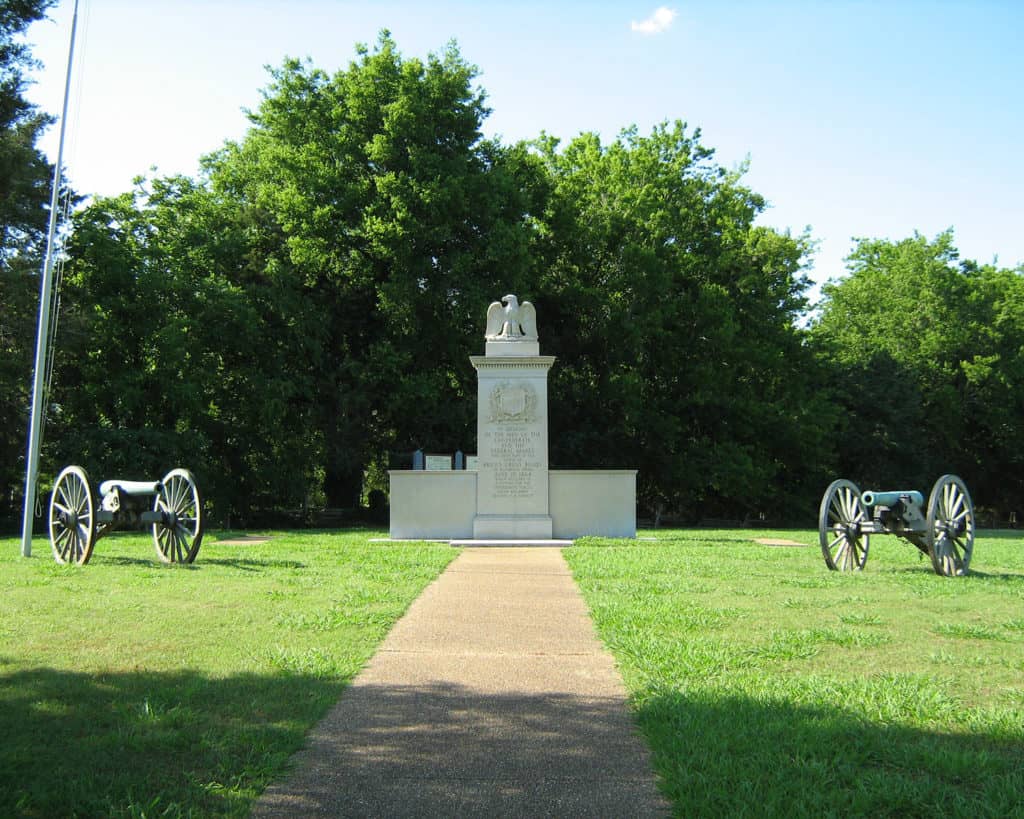
Brices Cross Roads Historical Site
The next stop on this historic itinerary is Brices Cross Roads Historical Site, less than an hour’s drive from Shiloh. Though the Brices Cross is the site of a significant Confederate victory, it would ultimately prove a costly battle for the South from its long-term effects on the war itself—a prime example of winning the battle, but losing the war.
Established in 1929 to preserve and commemorate this historic battle, there are plenty of historical highlights to see on the eight-mile driving tour that includes the Brices Cross Roads National Battlefield Monument and Tishomingo Creek Bridge. You’ll be transported back in time as you explore the land that has remained largely unchanged over the past 150 years.
Where to Stay in Tupelo
Just a short 20-minute drive south of Brices Cross Roads is the town of Tupelo, Mississippi. Because of its close proximity and quaint accommodations, it’s the perfect place to have dinner and stay the night. We loved the Hotel Tupelo and Aunt B’s Soul Food restaurant. For a unique private spot, try the Mill Cottage near Fairpark.
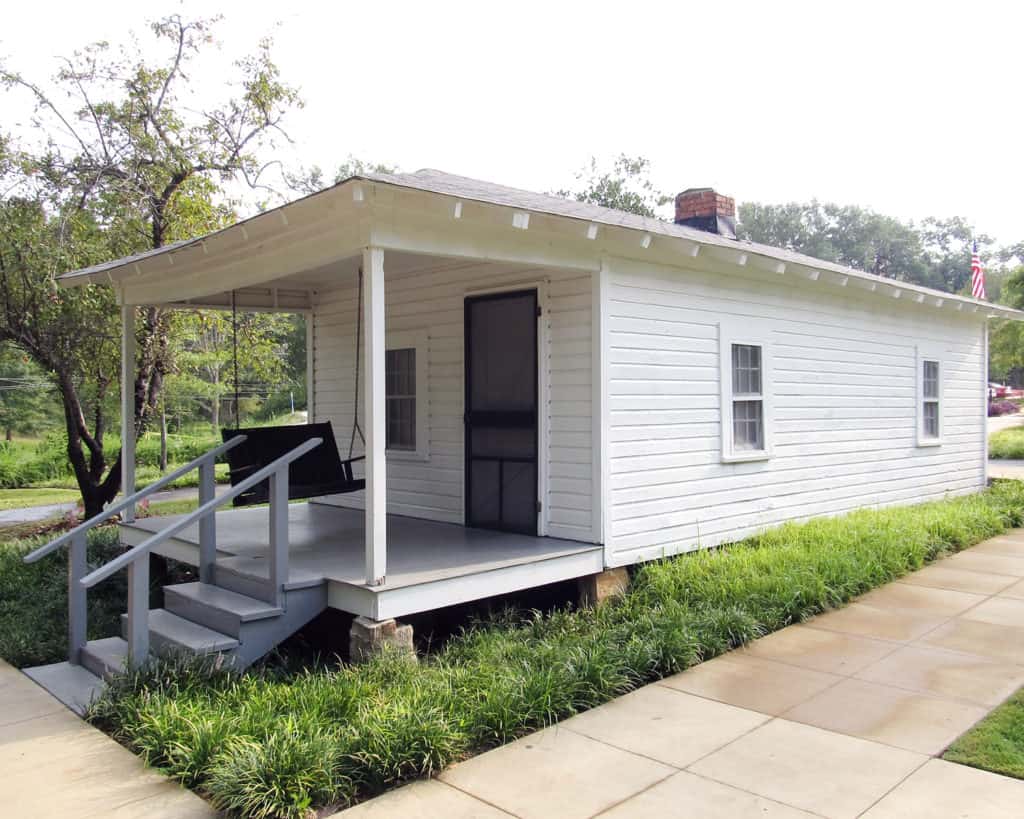
DAY 2 – TUPELO & TOMBIGBEE NATIONAL FOREST
Tupelo’s claim to fame may be as the birthplace of Elvis Presley, but this vibrant small town is also home to a number of other historical attractions and National Parks. As the headquarters of the Natchez Trace Parkway, Tupelo visitors can start their day by learning about the unique history of this 444-mile scenic parkway at the Natchez Trace Parkway Visitor Center.
Give a nod to the king of rock ‘n roll at the Elvis Presley Birthplace and the Elvis Guitar Trail. Or take a trip through the town’s rich and storied history on one of the distinctive Heritage Trails. Identifying a number of Civil Rights, Civil War, and historic Chickasaw sites, these trails are a great way to mark the passage through time with some of the area’s most distinctive landmarks, including the Mississippi Final Stands Civil War Center and the Old Town Creek Battle Site at the Tupelo National Battlefield. Complete your morning in Tupelo with a take-out sandwich from Sweet Peppers Deli and hit the road to Tombigbee National Forest.
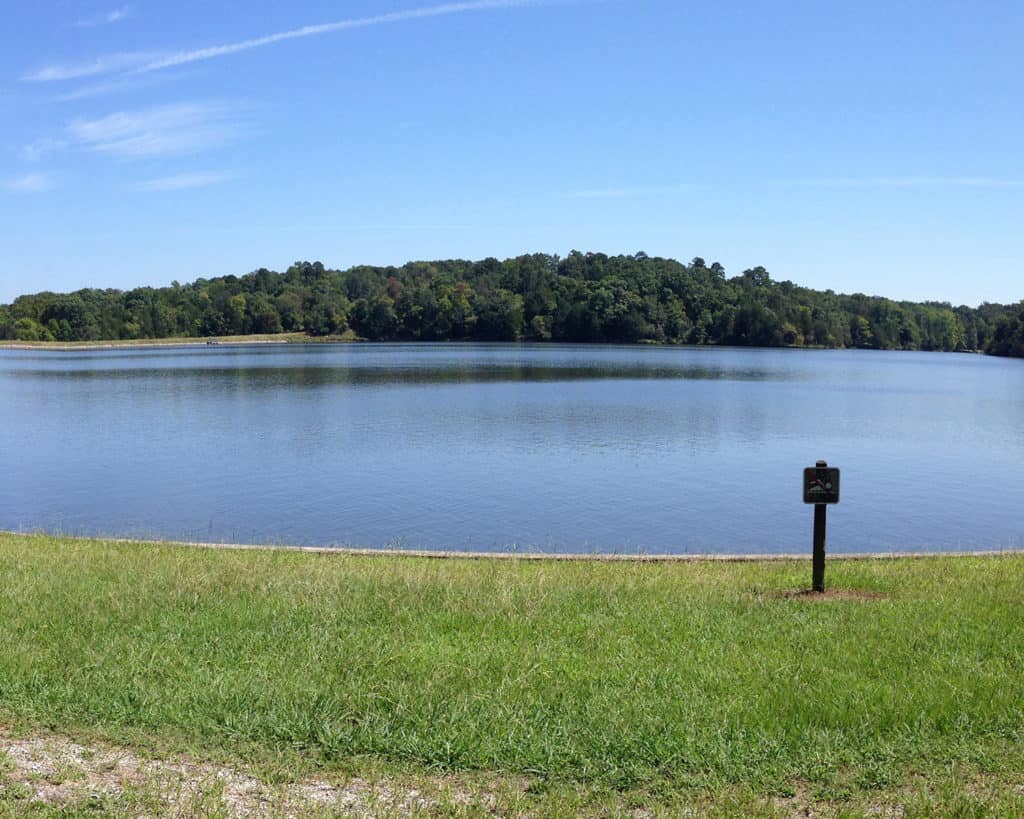
Tombigbee National Forest
Located in northeastern Mississippi, the Tombigbee National Forest is dominated by rolling hills covered in pine and hardwood forests with a strong connection to the nearby Tombigbee River and Choctaw and Chickasaw Indian Nations. Translated as “coffin-maker,” Tombigbee’s forested hills are not only historically significant, but have come to be known for amazing recreation opportunities that include hiking, camping, fishing, horseback riding and biking. There are picnic sites at both Choctaw and Davis Lake where visitors can enjoy their lunch with some of the forest’s most spectacular views.
Hikers and bikers will love the chance to get outdoors and enjoy the scenery on the Noxubee Hills Trail, a 32-mile, well-marked trail system that includes treks that range from easy to strenuous. The Witch Dance Horse Trail is open to both hikers and horseback riders.
Where to Stay in Tombigbee National Forest
Both Davis Lake and Choctaw Lake have campsites where visitors can pitch a tent under the stars. Those wanting a less rustic experience will have to venture out to one of the surrounding towns to find accommodations for the night. Check out Homegate Inn and Quality Inn in Louisville, or Hampton Inn and Holiday Inn Express in Starkville.
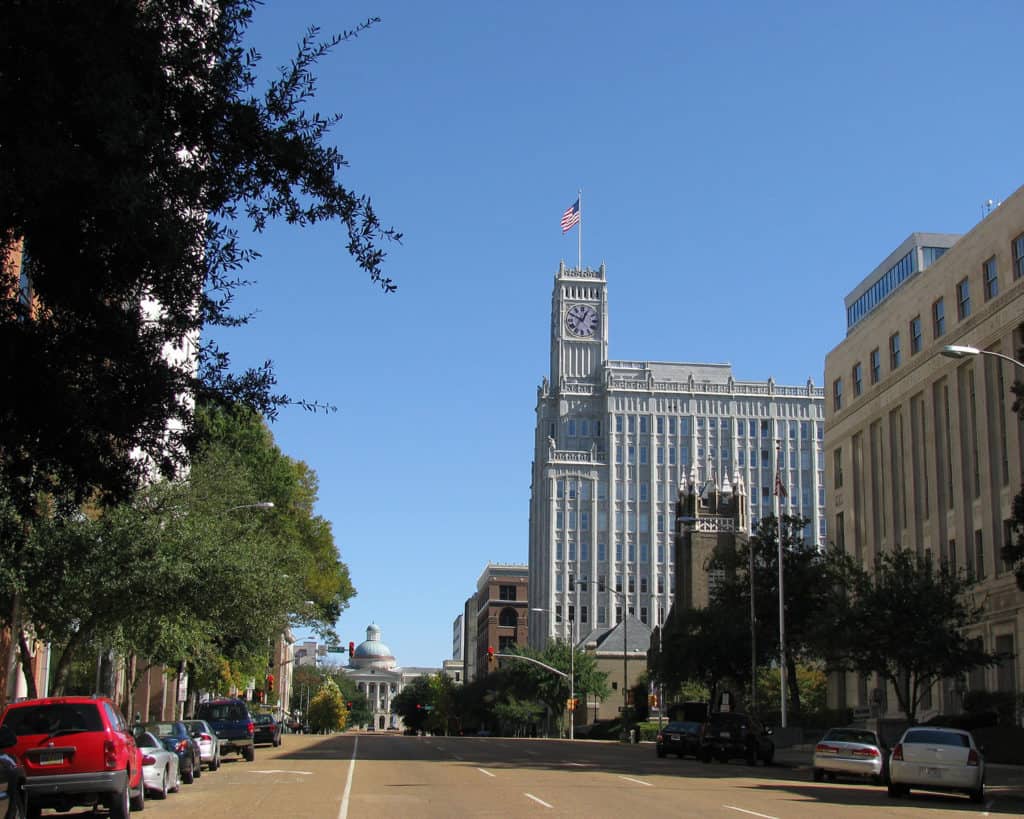
DAY 3 – JACKSON, MISSISSIPPI
Continue your journey on the Natchez Trace Parkway and spend the day in the historic town of Jackson, Mississippi. Known as “The City With Soul,” this vibrant, and bustling burg is packed with both history and culture.
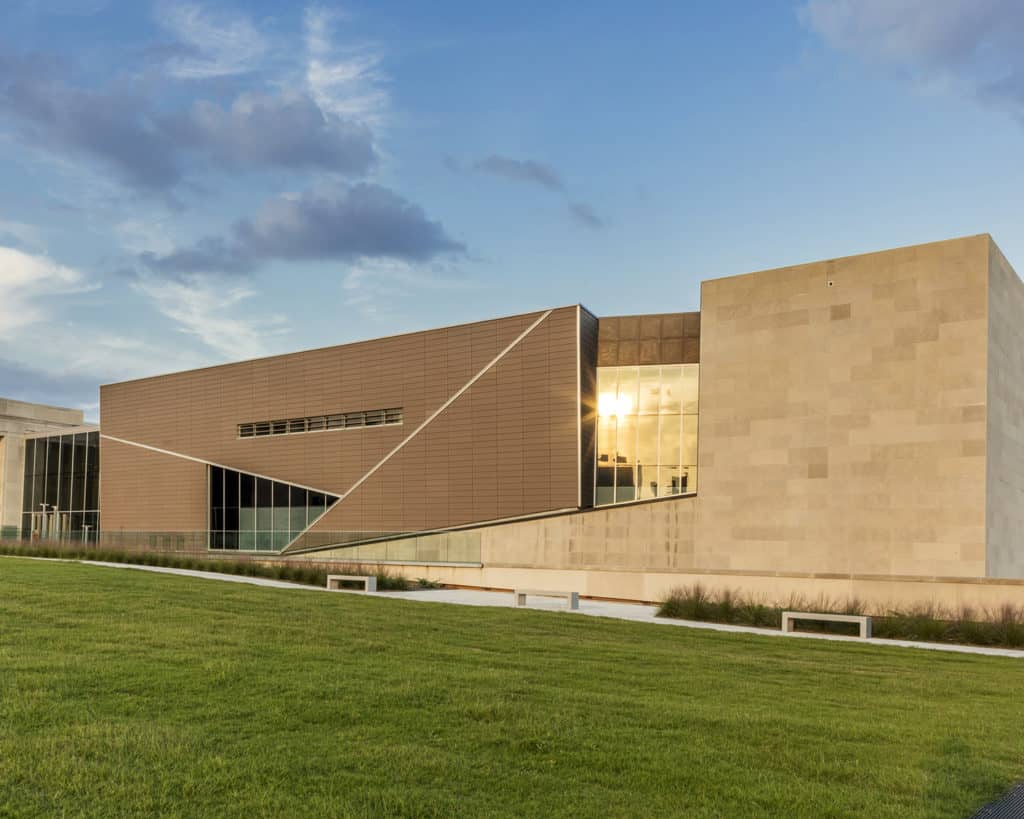
Civil Rights Tour
As a cornerstone of Jackson’s rich history, the civil rights movement celebrates a past filled with historical importance. The Jackson Civil Rights Movement Driving Tour is the perfect place to explore some of the city’s most historic sites and moments in time that have impacted the scope of Black History.
Your first stop is the Mississippi Civil Rights Museum, where you’ll discover the dynamic stories and faces behind famous Mississippians like Medgar Evers and Fannie Lou Hamer. Tour the Smith Robertson Museum and Cultural Center, the first public school for African-American students. Known as “The Cradle of the Civil Rights Movement in Mississippi,” Tougaloo College is also an important stop in Jackson where visitors can surround themselves in the city’s diverse history.
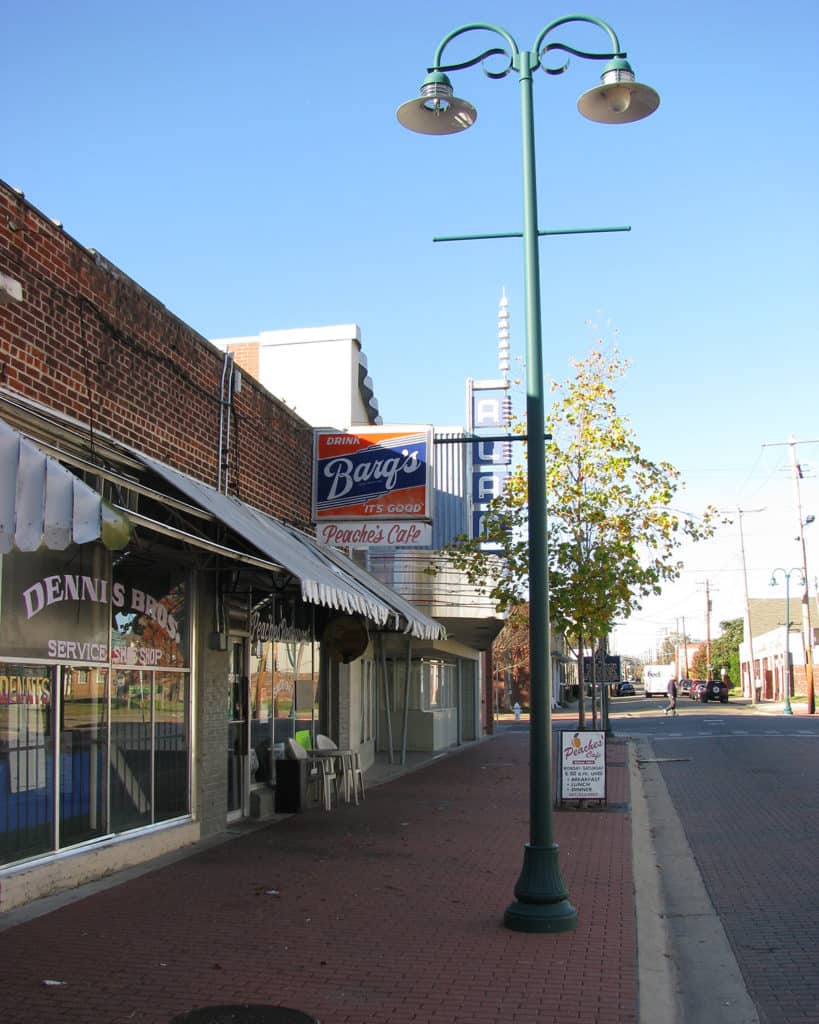
Farish Street Historic District
Next in Jackson, take a step back in time by exploring the Farish Street Historic District. Listed on the National Register of Historic Places, this area is home to over 100 years of rich African American history and heritage. There are also a number of marked, self-guided trails throughout Jackson that explore the confluence of civil rights, art, music and literature. From the Mississippi Blues Trail to the Mississippi Freedom Trail, these immersive experiences are an amazing way to experience the city’s heritage.
Art fans will love Jackson’s Public Art Map, a comprehensive guide to some of the city’s best public art landscapes.

Where to Eat and Stay in Jackson
After a day of exploring, taste the best of the South at one of Jackson’s many authentic restaurants. As the oldest operating restaurant in Jackson, The Mayflower is a landmark eatery with a delicious seafood and steak menu. One thing Jackson is never short on—charm and hospitality. Put your feet up and call it a night at the Old Capitol Inn or Mason Boutique Hotel, where you will enjoy the perfect blend of old city charm and modern luxury.
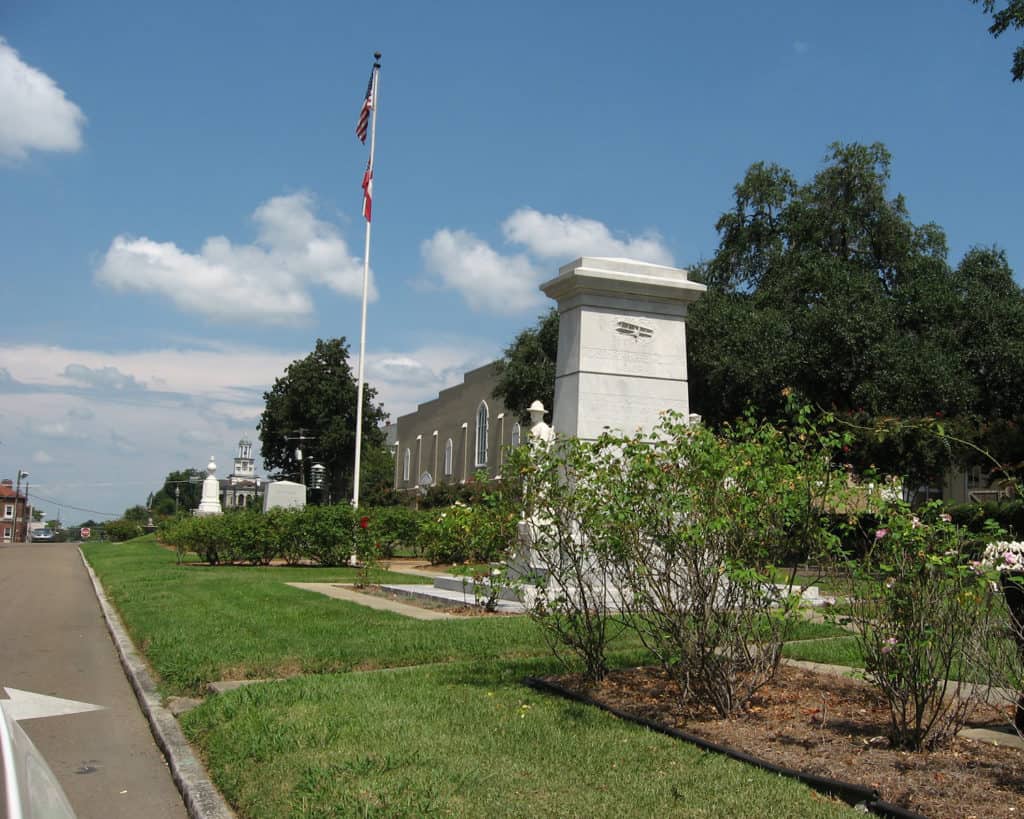
DAY 4 – VICKSBURG & POVERTY POINT WORLD HERITAGE SITE
Jackson to Vicksburg is just a 45-minute drive and the perfect stopping point on your way to Poverty Point World Heritage Site. Once a valuable commercial port and railroad hub, Vicksburg was the center of over a year-long battle between Confederate and Union troops where a difficult siege waged by General Grant cut vital supplies from the Confederate Army. The Confederate army ultimately surrendered Vicksburg in 1863, effectively splitting the South in two and delivering the Mississippi River to the North.
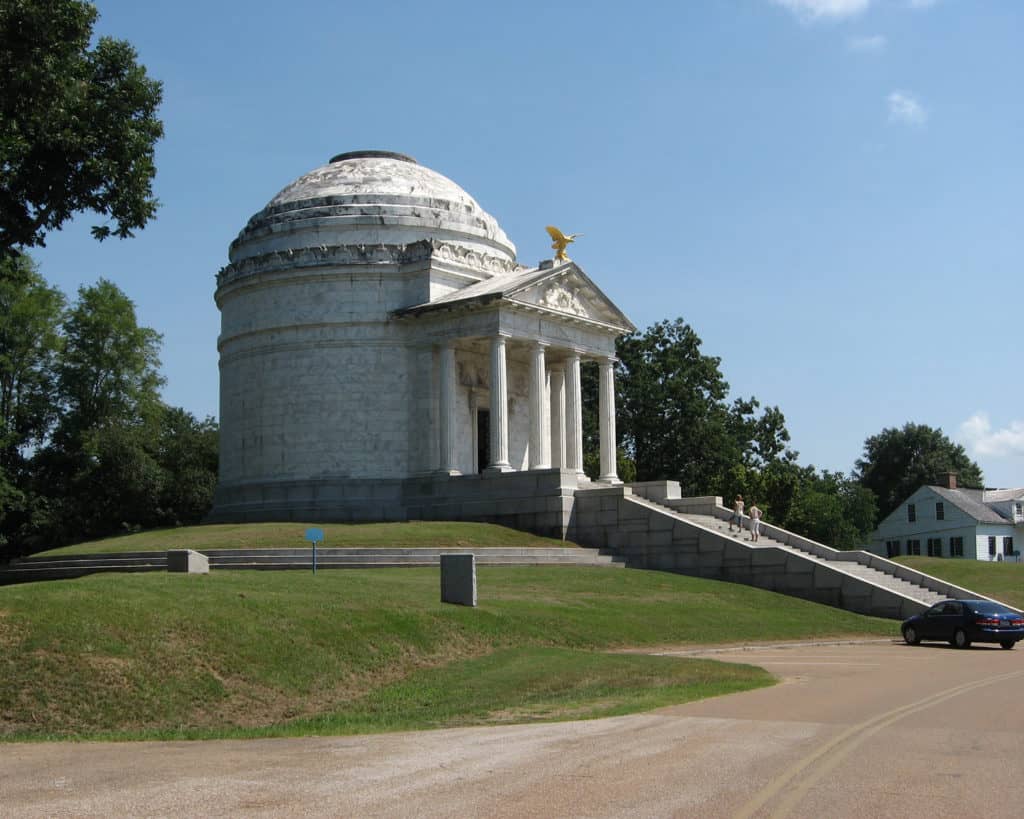
Vicksburg National Military Park
Today, over 1400 memorials and monuments dot the surrounding landscape, and Vicksburg National Military Park is a blueprint of the sacrifices that lie behind this area that was once the lynchpin of the Civil War. Visitors can also explore a piece of naval history with a visit aboard the USS Cairo Gunboat and Museum, home to the only remaining example of a City Class Ironclad.
Complete your Civil War-era tour of Vicksburg by visiting the historic Vicksburg National Cemetery or by exploring the city’s downtown area. Visit museums such as the Old Depot Museum and General John C. Pemberton’s Headquarters.
Stop for lunch at the Klondyke Trading Post, for a hometown meal and local favorite.
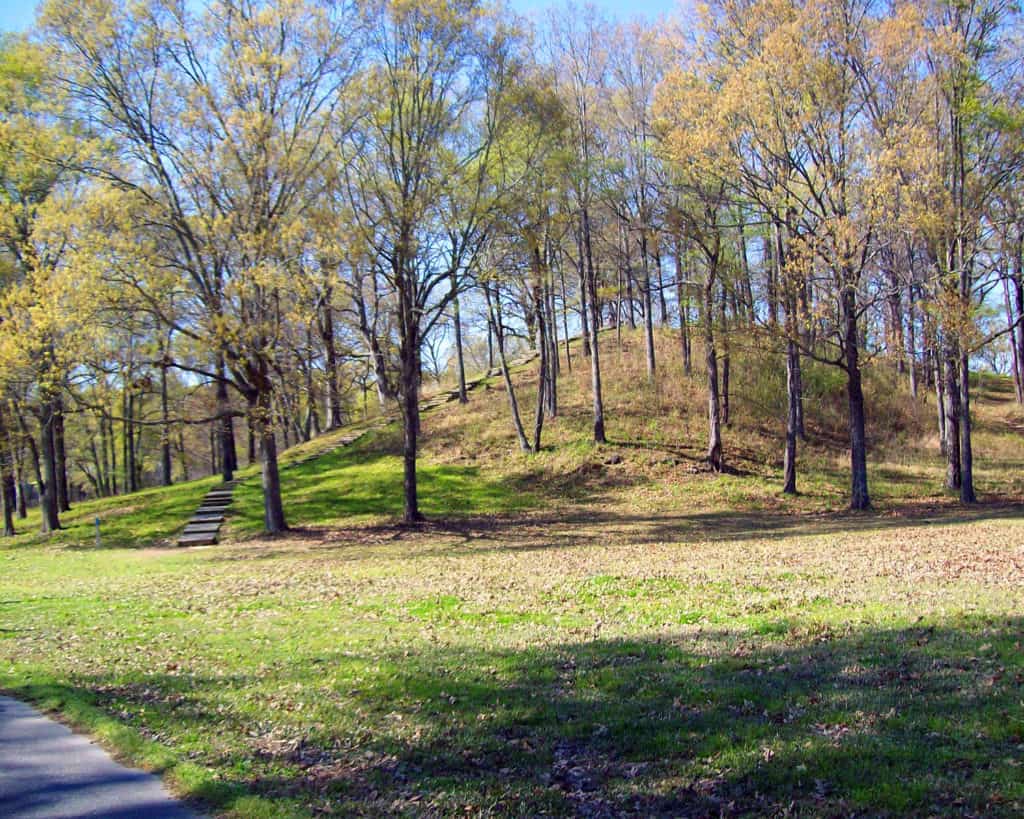
Poverty Point World Heritage Site
After walking in the footsteps of heroes in Vicksburg, it’s time to hit the road for a Louisiana historic site 3,400 years in the making—the UNESCO World Heritage Site of Poverty Point. Before ancient Egyptians ruled and Stonehenge had yet to be completed, Native Americans were building earthen monuments in northern Louisiana. Ultimately defining the landscape—and now called Poverty Point—this rare example of native culture was created between 1700 to 1100 BC.
Those who like their history with a side of outdoor recreation will also enjoy the 2.6-mile hiking trail on site. Walk among the ancient settlements and learn about some of the earliest inhabitants of the area.
Where to Eat & Stay Near Poverty Point
End your day with a short drive to the nearby town of Monroe, which offers several major brand hotels, including Fairfield Inn & Suites, Holiday Inn Express and Hampton Inn. Monroe also has some excellent dining options like Warehouse No.1, Parish Restaurant and Cotton.
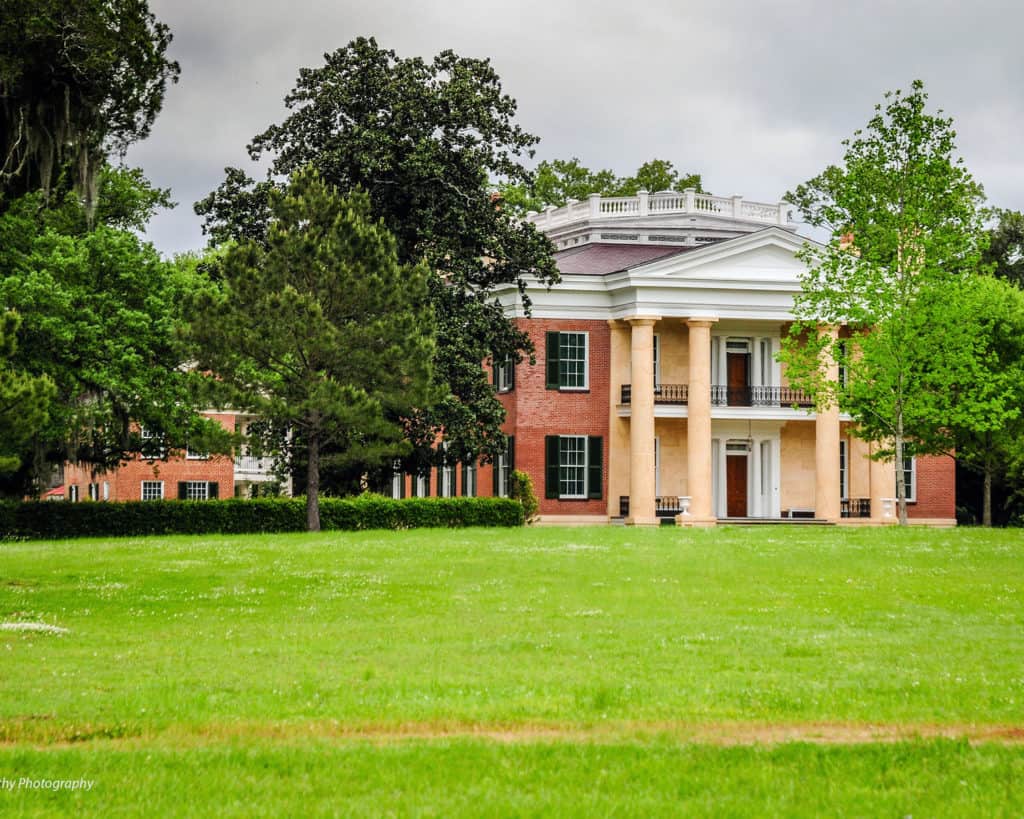
DAY 5 – NATCHEZ NATIONAL HISTORIC PARK
Natchez National Historic Park is touted as the site of “The Richest History on the Mississippi,” and with good reason. Natchez is rich with history and heritage that demonstrates the resiliency of the South; from the Natchez Native Americans to the Civil War-era economics of slavery, cotton, and Mississippi River trade.
There are a number of ways to experience the wealth and breadth of Natchez National Historic Park. A visit to the Natchez Visitor Center is an invaluable resource and should be your first stop before embarking on the popular driving tour of Civil War sites Melrose and Fort Rosalie. Along this route, you will discover some of the area’s most distinctive sites. From historic homes and churches to dynamic walking trails and tours, Natchez encapsulates the area’s history throughout the ages.
Where to Eat & Stay in Natchez
Natchez has some of the South’s most charming bed and breakfasts, including Oak Hill Inn, Stone House Musical, Choctaw Hall and Devereaux Shields House. Our favorite casual restaurants include The Camp, Natchez Brewing Co. and Roux 61 Seafood. You can’t go wrong at one of the city’s many hidden gems.

DAY 6 – BATON ROUGE & NEW ORLEANS
The final day of your time-traveling adventure takes visitors to Louisiana’s dynamic capital and beyond. A beautiful city that’s a cornerstone to Louisiana’s diverse cultural and historic heritage, Baton Rouge is home to over 300 years of history that continue to grace its streets and dominate its unparalleled arts and culture scene. From the Old Governor’s Mansion to the Capitol Park Museum, Baton Rouge’s historic spots are the centerpiece of its quest to highlight its centuries of exceptional Southern history.
Baton Rouge has a bustling downtown home to many of its signature attractions. The USS KIDD takes visitors from the Civil War to WWII with a tour of its many decks; while the Old State Capitol is an architectural must-see. The Louisiana Art & Science Museum has something for everyone from Ancient Egypt to the Solar System Gallery; while the Shaw Center for the Arts is a showplace of music, culture, and drama.
No matter where you choose to spend your day here, you will discover Baton Rouge’s eclectic mix of small-town charm and bustling, big-city vibes. It’s a fantastic way to spend the final day of this epic tour through the South.
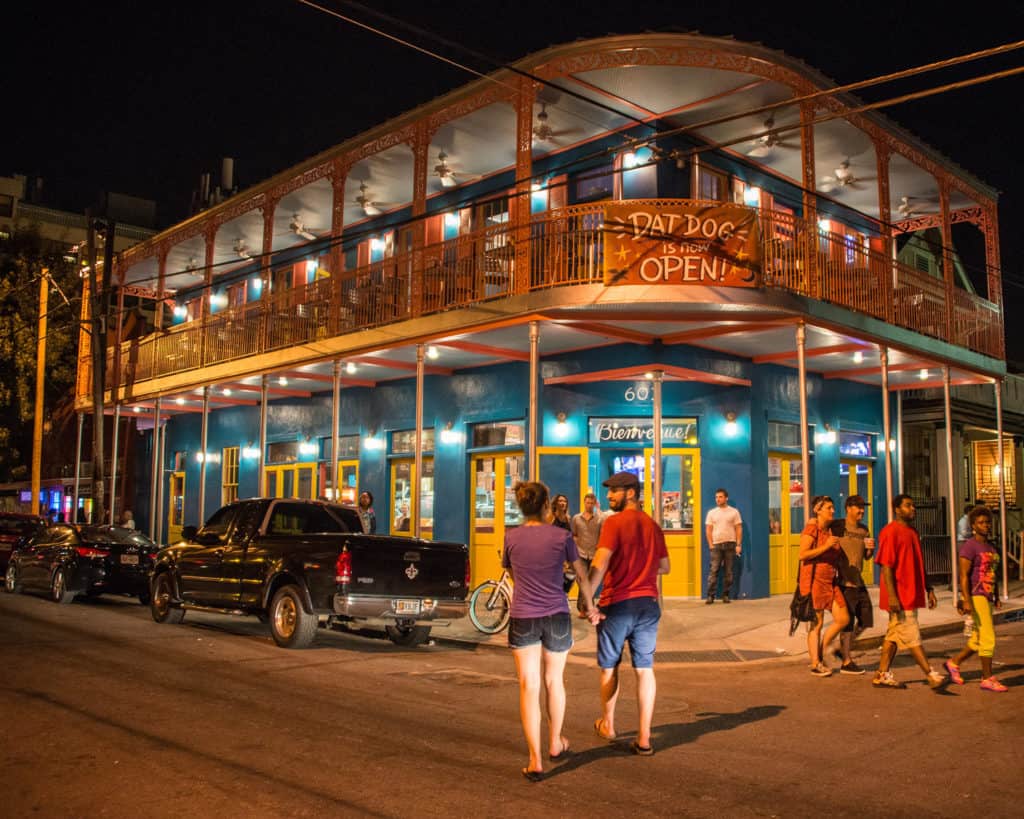
New Orleans is the final stop on this historic itinerary—less than an hour and a half from the capital city of Baton Rouge, New Orleans is the perfect place to celebrate the end of the road with a fantastic cocktail (or two!) and an amazing dinner in the heart of New Orleans nightlife. Hit up Frenchmen Street to experience a night of a lifetime.

Read Next: Discover more than 50 Summer Road Trips throughout the United States.
Watch Next: Venturing Out: Park 2 Park
Explore: Visit our partners at Explore Better to book your ideal summer road trip adventure.
